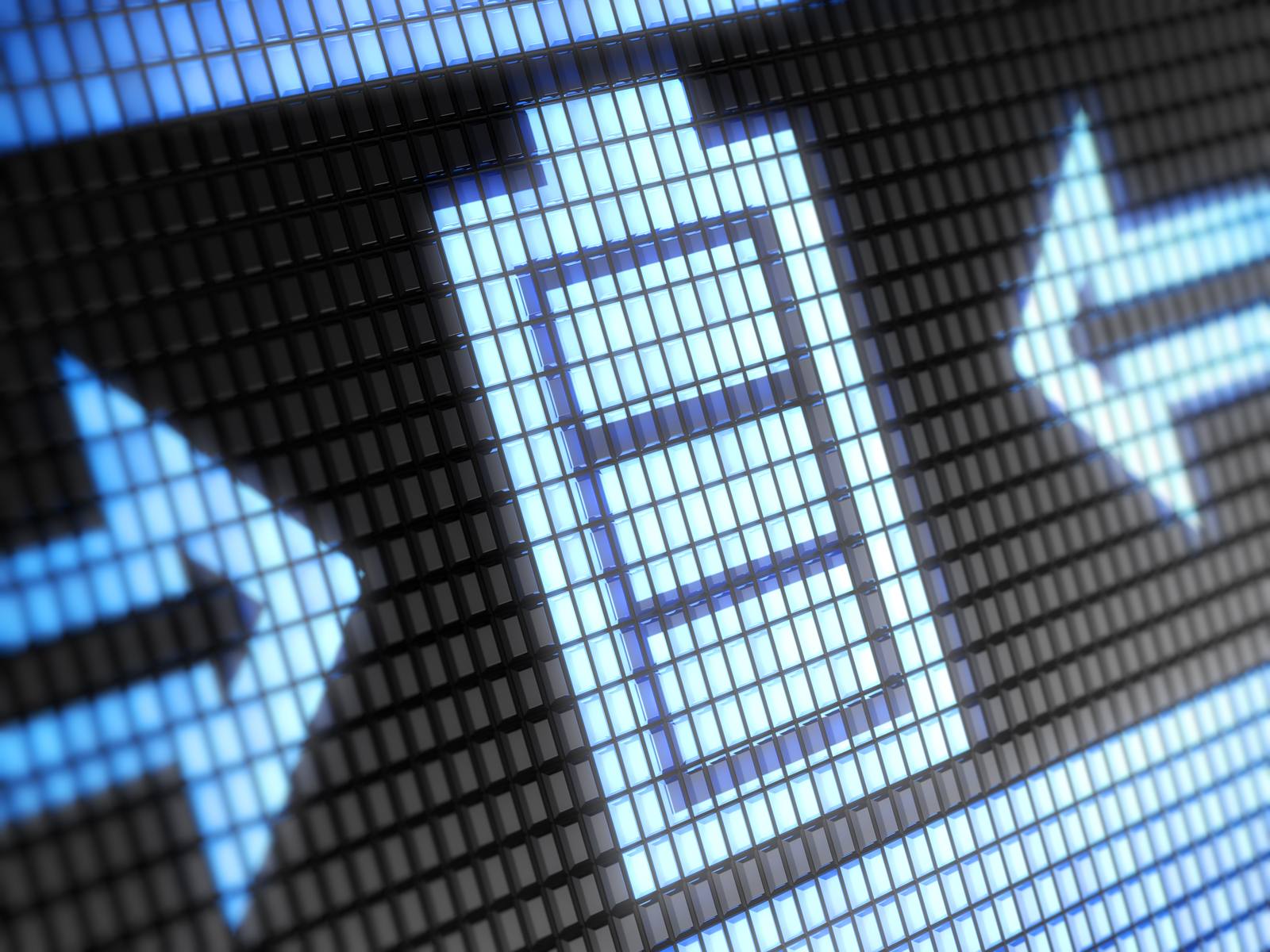 Joint research from the Universidad Carlos III de Madrid and the Council for Scientific Research reports the development of a new ceramic electrode for lithium-ion batteries that can lead to cheaper, more efficient, and safer conventional batteries.
Joint research from the Universidad Carlos III de Madrid and the Council for Scientific Research reports the development of a new ceramic electrode for lithium-ion batteries that can lead to cheaper, more efficient, and safer conventional batteries.
“What we have patented are new ceramic electrodes that are much safer and can work in a wider temperature interval,” says Alejandro Varez, co-author of the research.
To achieve this result, the researchers made ceramic sheets by way of thermoplastic extrusion molds.
“This technique allows making electrodes that are flat or tube-shaped, and these electrodes can be applied to any type of lithium-ion battery,” Varez says.
According to the researchers, the cost of production is low and it could easily be adapted into current lithium-ion battery production, making this an easy technology to move quickly to industrialization.



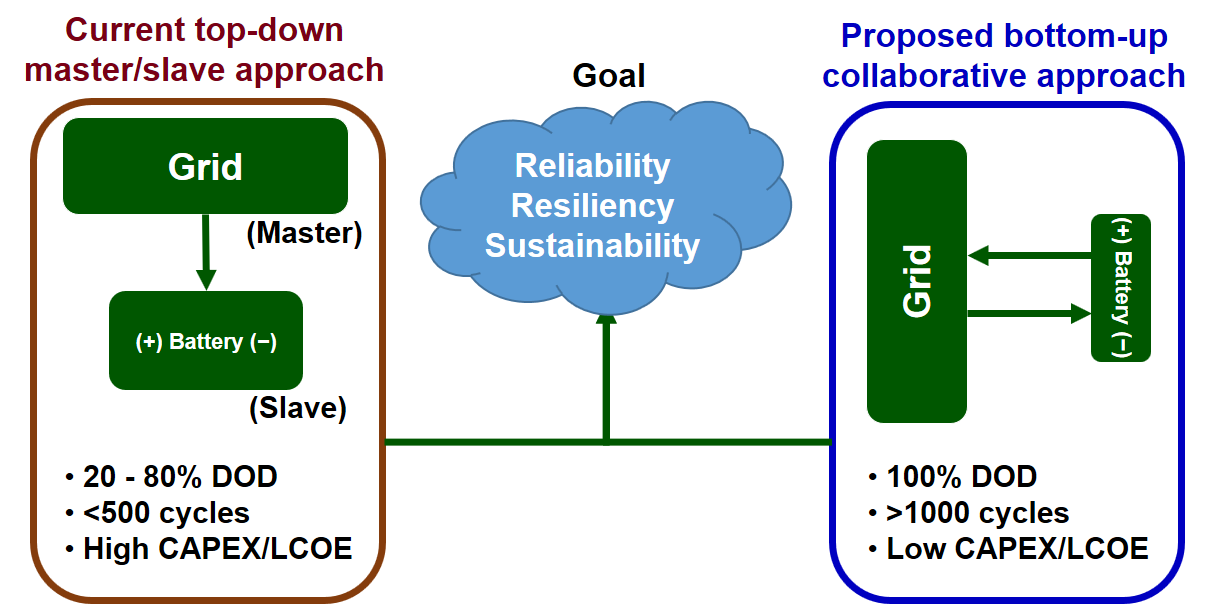
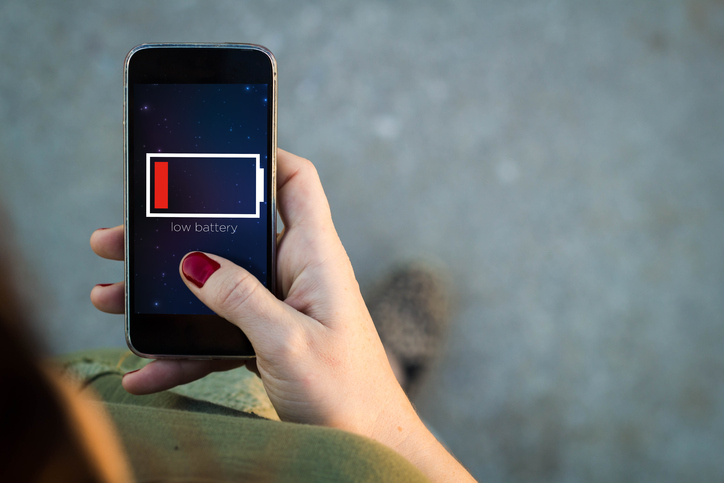
 A new paper published in the Journal of The Electrochemical Society, “
A new paper published in the Journal of The Electrochemical Society, “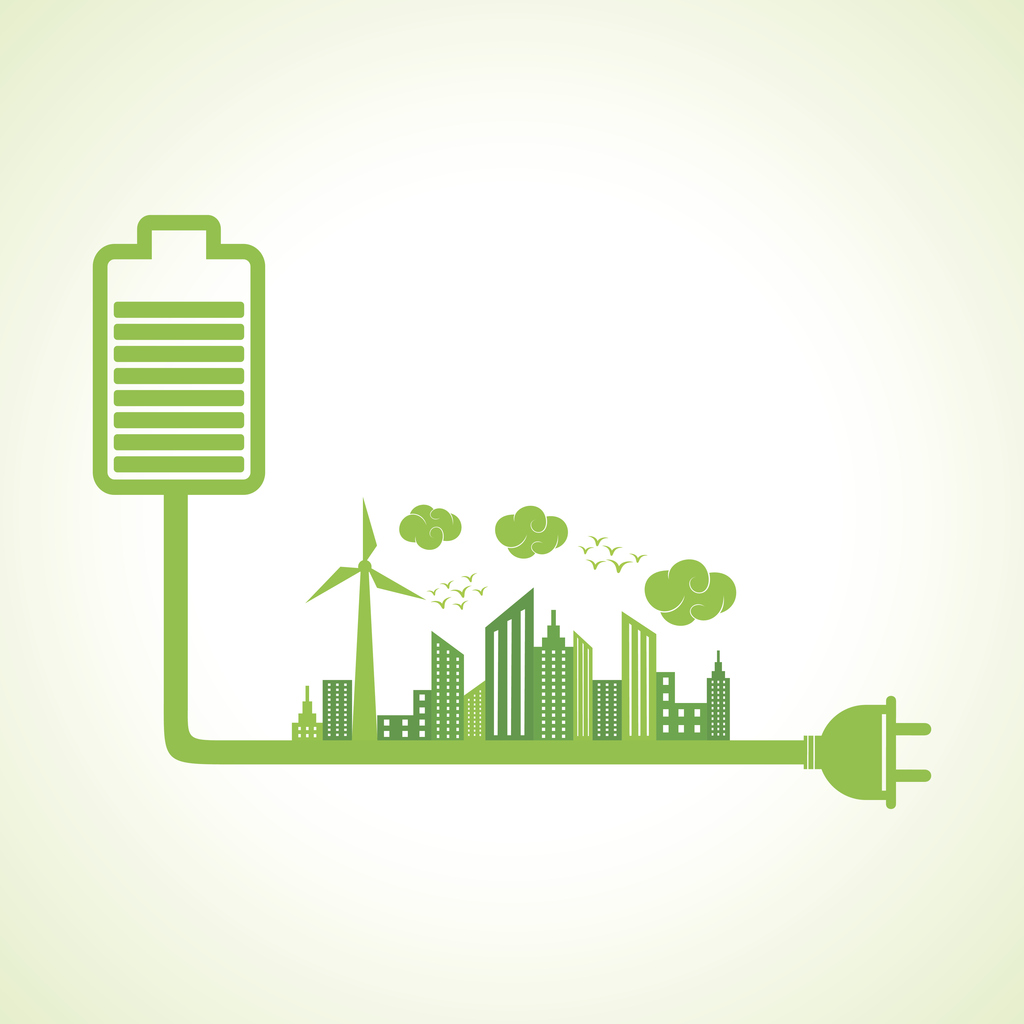 In an effort to develop an eco-friendly battery, researchers from Ulsan National Institute of Science and Technology (UNIST) have created a battery that can store and produce electricity by using seawater.
In an effort to develop an eco-friendly battery, researchers from Ulsan National Institute of Science and Technology (UNIST) have created a battery that can store and produce electricity by using seawater.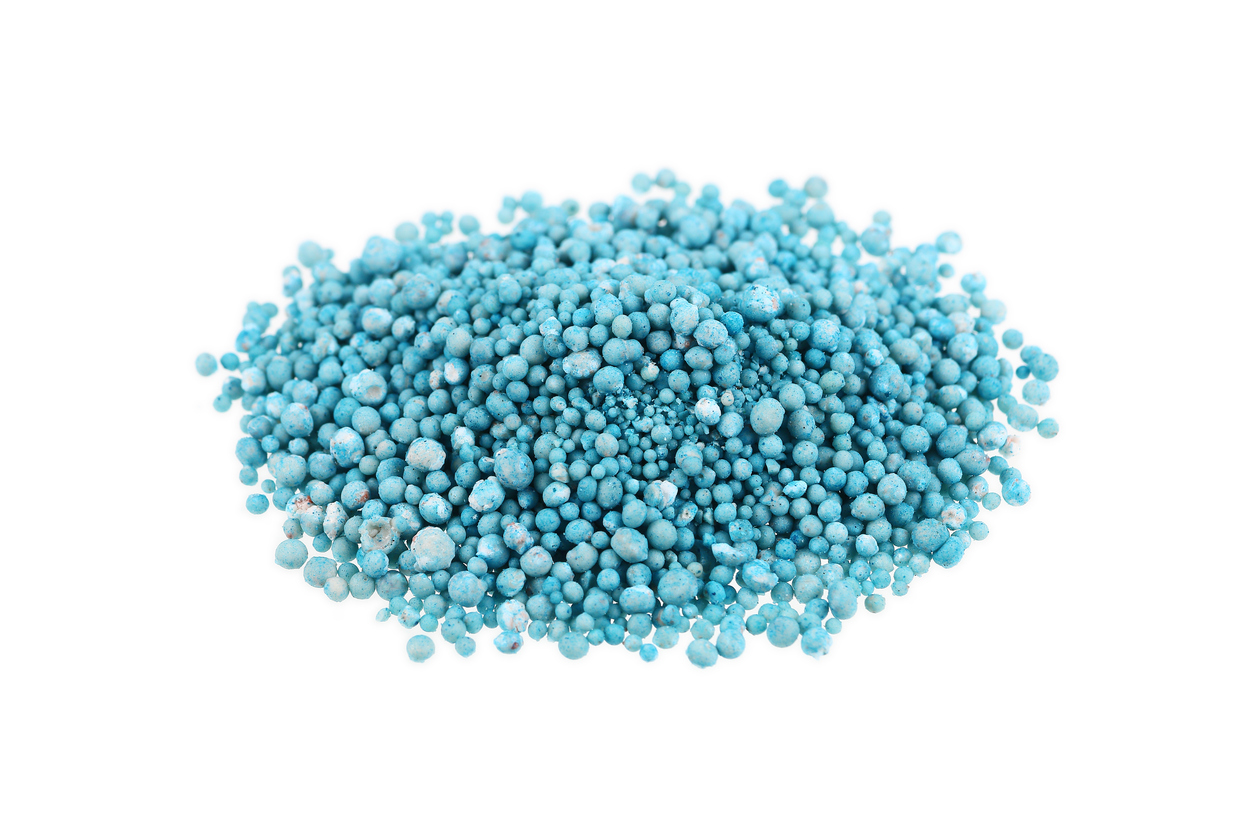 A battery made with urea, commonly found in fertilizers and mammal urine, could provide a low-cost way of storing energy produced through solar power or other forms of renewable energy for consumption during off hours.
A battery made with urea, commonly found in fertilizers and mammal urine, could provide a low-cost way of storing energy produced through solar power or other forms of renewable energy for consumption during off hours. Most of today’s batteries are made up of two solid layers, separated by a liquid or gel electrolyte. But some researchers are beginning to move away from that traditional battery in favor of an all-solid-state battery, which some researchers believe could enhance battery energy density and safety. While there are many barriers to overcome when pursing a feasible all-solid-state battery, researchers from MIT believe they are headed in the right direction.
Most of today’s batteries are made up of two solid layers, separated by a liquid or gel electrolyte. But some researchers are beginning to move away from that traditional battery in favor of an all-solid-state battery, which some researchers believe could enhance battery energy density and safety. While there are many barriers to overcome when pursing a feasible all-solid-state battery, researchers from MIT believe they are headed in the right direction.